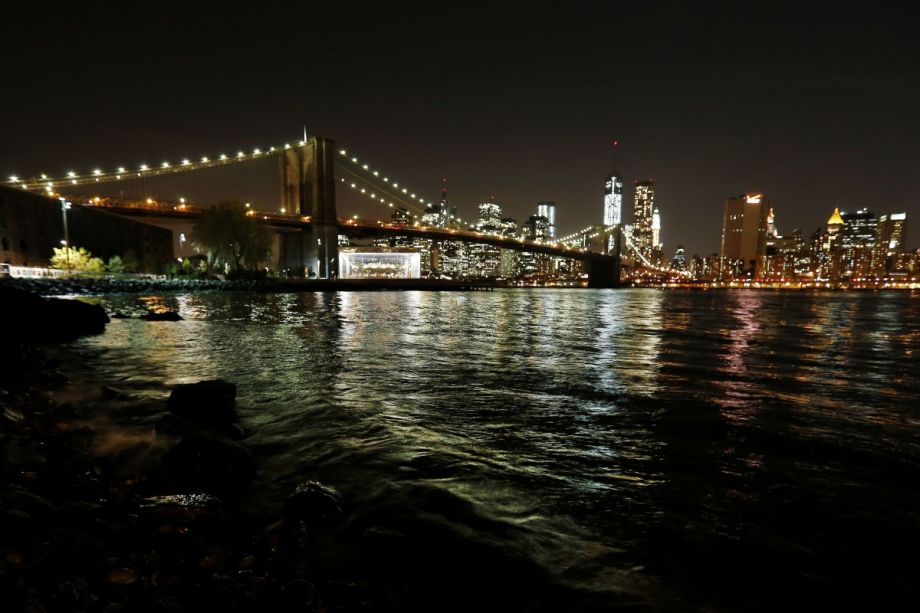City planners may throw “resilience” around like a buzzword, but as opposed to “smart” (or the dreaded “impactful”), it means something real.
On a basic level, its meaning is technocratic. According to the Rockefeller Foundation, the term arose in the 1970s as a way to measure cities’ vulnerability to risk or sudden shocks, and more recently the concept “has helped to bridge the gap between disaster-risk reduction and climate-change adaptation.” According to Nancy Kete, who leads Rockefeller’s work on urban resilience, “it’s not resilient if you’re just talking about risk reduction.”
The idea that cities can stave off the worst effects of climate change is no longer realistic. They must now learn how to adapt to it, Kete says — and this should lead city planners to focus on community resilience as an integral part of overall resilience. (Next City receives funding support from Rockefeller.)
What makes for resilient communities is, of course, a matter of debate. But in a coastal city like New York, community access to the waterfront is the starting point. During a panel on resilience at a recent Metropolitan Waterfront Alliance conference, which Kete moderated, many of the most popular ideas involved undoing New York’s legacy of building right up to the water’s edge.
Daniel Tainow, of the Lower East Side Ecology Center, pointed out that historically, communities closest to the water have had the least say over how that space is used. “One of the first things you notice when you look at the waterfront is the FDR [Expressway],” he said. “East River Park was developed as a part of that, but without thinking about the community impacts. Our park is nice, but there’s a huge highway blocking access for most of the community.”
More recently, according to Tainow, city officials are getting better at taking community input into account. The Lower East Side is home to the first phase of the “Dryline,” a long waterfront park that will have flood-protection mechanisms such as berms and retractable walls. Tainow said that the project’s designers have done “a really good job of incorporating previous people’s plans,” a step up from the heavy-handed approach of the past. Moreover, he said, residents are learning how to evaluate proposals in their own communities: How long will the buildout last? Will it block access to the waterfront? And will designers hire local residents to build and maintain the projects?
The idea that resilience means spreading knowledge among everyday New Yorkers was popular with the panelists. Stephen Whitehouse, a landscape architect, put it this way: “Is resiliency like a pat of butter that you spread over the landscape of New York City, or is it a resource to be replenished over time?” He strongly implied that for communities to be truly resilient, it would have to be the latter: a community’s recurring investment in itself, not just resources sprinkled from on high. One audience member, Susannah Black of the New York Harbor Foundation, touted waterfront education as one such investment. From a young age, she said, children should be taught “hands-on waterfront skills as well as the awareness of broader climate-change issues.” Panelist Emily Maxwell of the Nature Conservancy agreed and added that given New York’s poor history of caring for its waterfront resources, adults could use that education just as much as students.
Of course, “community resilience” is harder to achieve than “resilience” as a purely technocratic endeavor. The panelists were frank about the frustrations and complications of a community-based approach. Vincent Lee, of engineering firm ARUP, noted that any major building project in New York requires the agreement of several stakeholders, and waterfront projects tend to double or triple the number of voices involved. (Lee told the story of a park in Queens that involved the input of a local group called DOGLIC, or Dog Owners of Long Island City.) Then there are the minor disruptions that people hate in any neighborhood: blocked views, uprooted trees, eliminated parking spaces. Maxwell remarked, “You can walk in thinking, ‘I have this great project, why wouldn’t everybody love it?’ And then you can find friction, and the friction improves the project writ large.”
Still, if there’s anything that stands out about resiliency in New York, it’s the scale of the work that must be done. The city has more than 500 miles of shoreline, owned and managed by hundreds of private landowners and government agencies. For much of its history, New York built right up to the water’s edge, and preparing for another Hurricane Sandy-like storm will require rethinking (and maybe undoing) that legacy. Technocrats, no matter how talented, can’t do it alone.
The Works is made possible with the support of the Surdna Foundation.

Jordan Fraade is a Brooklyn-based freelance journalist. His work on urban planning and city politics has been featured in Gothamist, CityLab, BKLYNR and The Baffler.





_1200_700_s_c1_600_350_80_s_c1.jpg)







